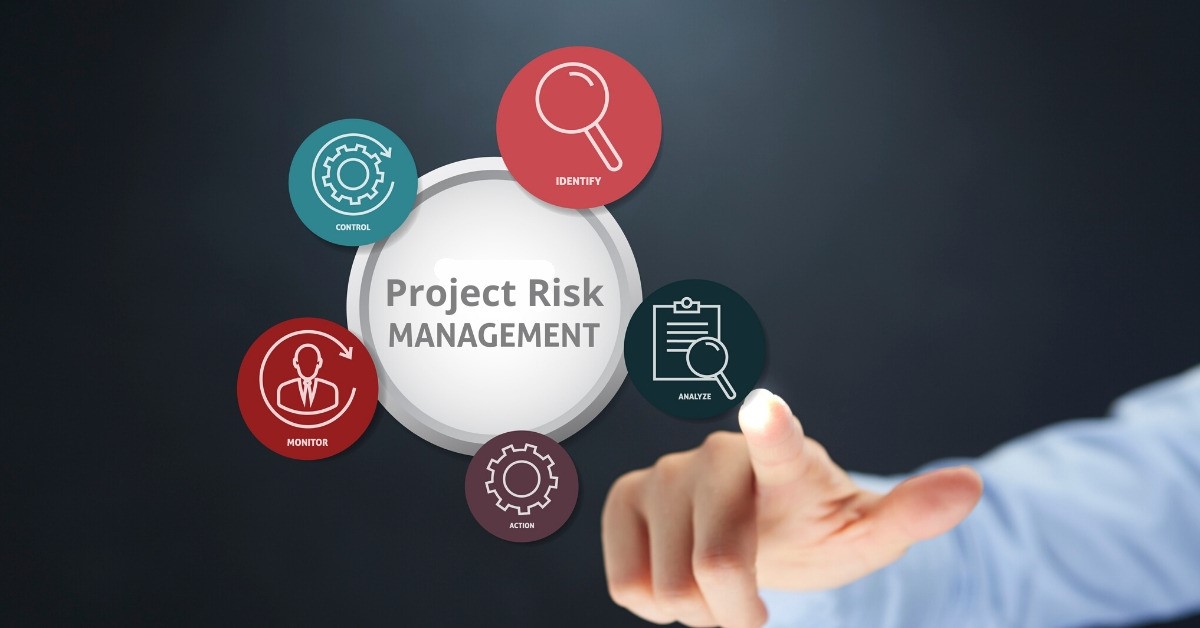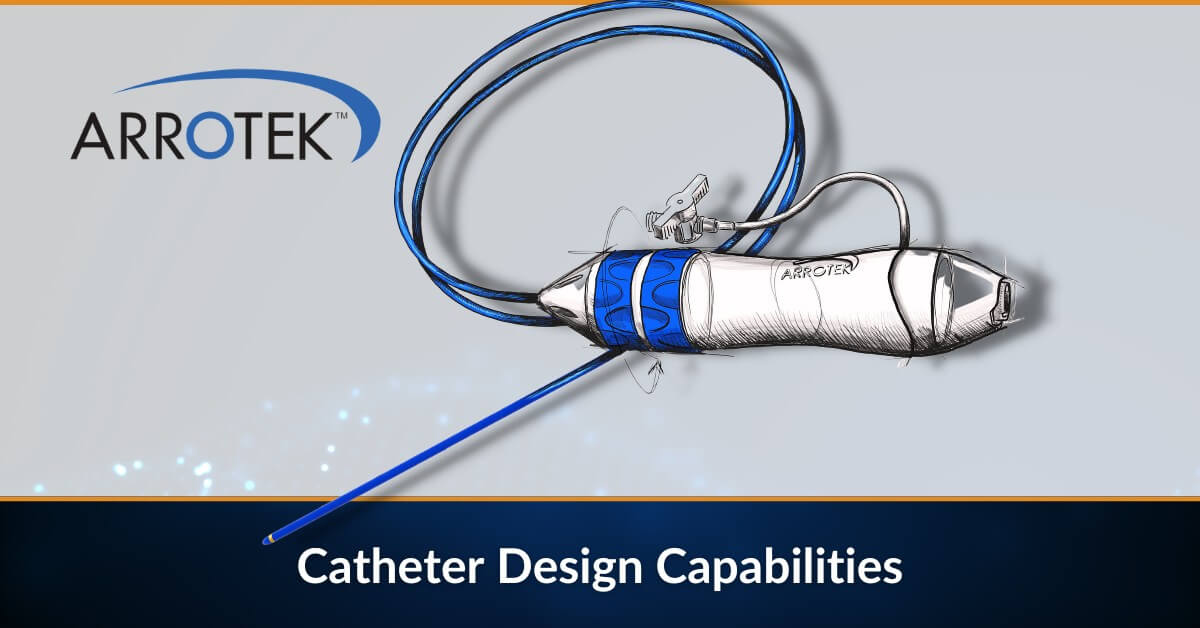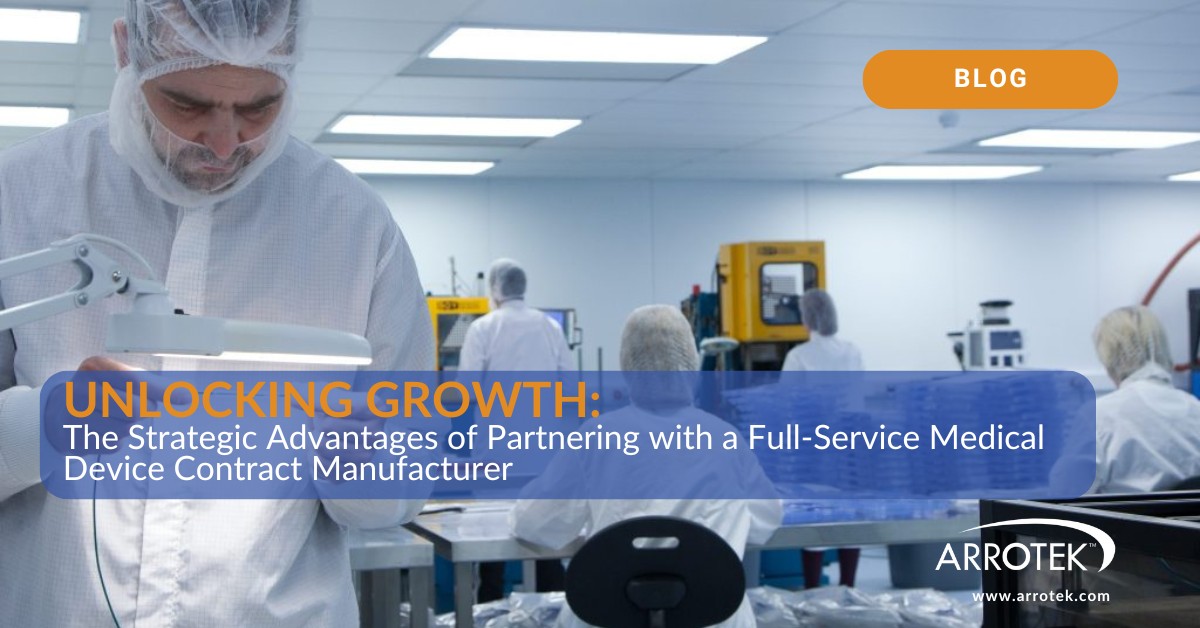In medical device design projects, there are both product risks and project risks. Product risks are talked about a lot as they are about the safety and effectiveness of the product. Managing product risks is also an essential part of the regulatory approval process.
From a commercial perspective, project risks are critical too. Therefore, it’s also important to manage project risks when designing a new medical device.
Product Risk Management vs Project Risk Management
Product risk management is about product safety and ensuring the product does what it is expected to do. There are well-document guidelines, standards, and requirements you need to follow and adhere to in relation to product risk management.
This includes establishing a Quality System for your medical device, something which should be done as early in the design stage as possible.
You also need a risk management plan and you need to document your risk management process. That process typically has four steps that include identifying risks, evaluating them, putting in place control measures, and then monitoring those controls to verify their implementation and effectiveness.
Project risk management, on the other hand, is concerned with the overall objectives, scope, and requirements of the project. Key elements of project risk management include resource availability, the project schedule, and the project budget.
Different but Integrated
Both project risks and product risks are, of course, intertwined. Therefore, the goal should be to integrate efforts to reduce product risk with steps taken to reduce project risk.
There are limits to this, though. For example, a risk to the project’s budget or schedule can’t be mitigated by reducing the effort to manage product risks.
An example of the above is where it is discovered partway through the design process that the product being developed has a safety problem. This will require an element of redesign which could have an impact on the project’s budget and schedule.
Project risk management should consider and plan for these risks in advance rather than attempting to implement measures to mitigate the project risk that have the effect of not properly addressing the product risk.
Key Factors in Project Risk Management
Some of the main aspects of project risk management include:
- Variation – variation from, for example, the budget or schedule
- Residual risk – the risks that remain after control and mitigation measures have been put in place
- Complexity – complexity of the design or nature of the medical device
- Uncertainty – both foreseeable and unforeseeable uncertainty
The Importance of Communication
An explanation of how to manage project risks is below as it’s important to have a structured process in place. Underpinning everything, however, is good communication.
Many project risks can be mitigated and sometimes avoided completely with regular and effective communication.
This includes good communication between the project manager and the design team as well as with the client and other key stakeholders in the project, particularly those involved in decision-making.
Project Risk Management Process
The process of project risk management is similar to product risk management. It begins with the need to plan in advance and to get started as early as possible.
The next step is to identify potential project risks. Some common examples include:
- Challenging parts of the design
- Meeting essential deadlines
- Dealing with suppliers who fail to deliver as expected
- The availability of key people in the design team
- The availability of key members of the client’s team as well as other stakeholders
Once you have identified project risks, you need to assess them through project risk assessments. These assessments should follow a similar process to the process for accessing product risks.
In other words, you assess the probability of the situation or event occurring as well as the severity of their impact.
It’s important in this part of the process to be realistic in terms of what can be achieved within a given timeframe.
Once you have done the assessment, you then need to put controls in place, particularly for risks deemed to be frequent or problems where the severity of harm is critical or high. The aim is to mitigate or eliminate those risks.
This doesn’t complete the process, however, as you then need to monitor the controls to assess their effectiveness.
Working with a Professional Medical Device Product Designer
Much of the heavy lifting in terms of project risks will be looked after by the design team you appoint, although your involvement at various stages will be crucial. At Arrotek, we have significant experience of project risk management and a tried and tested process. Contact us today to find out more.





